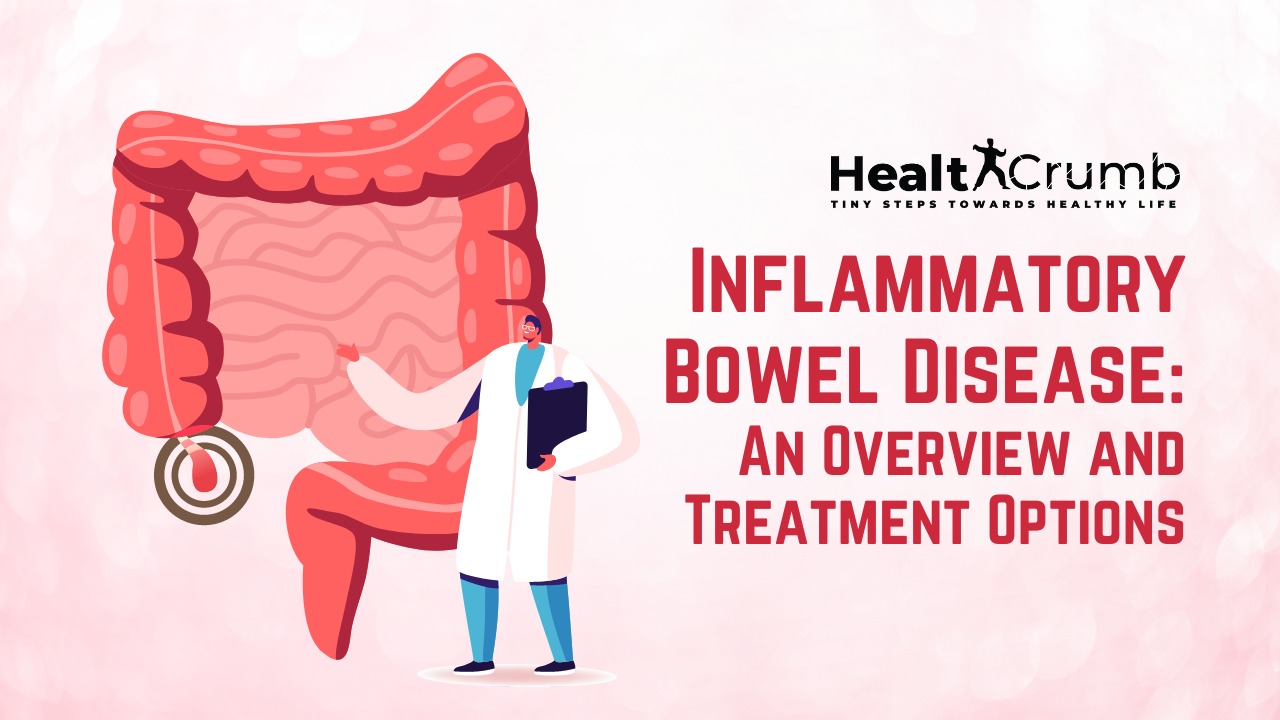Cancer is a disease in which abnormal cells in the body grow and spread. There are cancer different types, and each has its own unique set of symptoms, treatments, and prognosis. In this article, we will discuss the cancer different types, their causes, and the various treatments that are currently available.
There are many cancer different types they can have different treatments. The most common types of cancers are cancers of the breasts, lung, colon, and prostate. Treatment for these cancers typically includes surgery, chemotherapy, and radiation therapy. Some cancer different types include:
- Breast Cancer
- Cervical Cancer
- Pancreatic Cancer
- Prostate Cancer
- Thyroid Cancer
- Lung Cancer
1. Breast Cancer
There are cancer different types, but breast cancer is the most common. Breast cancer develops when cells in the breast start to grow out of control.
Breast cancer is the most common type of cancer in women, and it accounts for about 30% of all cancer cases. It affects around 1 in 8 women in the United States, and it’s responsible for about 1 million deaths each year worldwide.
Symptoms of breast cancer may include
- A lump or swelling in the breast
- A discharge from the breasts
- Pain when you move your arms or breasts
- Trouble sleeping; feeling anxious or overwhelmed; and feeling
Treatment of Breast Cancer
Treatment for breast cancer depends on the type of cancer and the stage of the disease. Some treatments help stop the cancer from growing or spreading, while other treatments help treat the cancer.
Breast cancer can be diagnosed by checking a woman’s breasts for abnormalities or by performing a mammogram.
Treatment for breast cancer typically includes surgery to remove the tumor, radiation therapy to kill the tumor cells, and/or chemotherapy. If the cancer has spread (metastasized) beyond the breast, additional treatments may be necessary.
2. Cervical Cancer
Cervical cancer is the most common cancer in women aged 25 to 44, and the third-most common cancer in women overall. It is also the most preventable of all cancers.
The American Association for Cancer Research has stated that cervical cancer rates are rising and this may be due to increased awareness and better access to screening, as well as increasing numbers of women who are using contraception.
There are three types of cervical cancer:
- Squamous cell carcinoma
- Adenocarcinoma, and
- Adenosquamous carcinoma.
The most common form of cervical cancer is adenocarcinoma, which accounts for more than 75 percent of all cases.
Treatment of Cervical Cancer
Cervical cancer is the most commonly diagnosed cancer among women in the United States. Treatment options for cervical cancer depend on the stage of the disease.
Early-stage cancers may only require surgery or radiation therapy, while more advanced cancers may require chemotherapy or a combination of treatments.
There is no cure for cervical cancer, but treatments can improve the chances of survival.
3. Pancreatic Cancer
Pancreatic cancer is a deadly disease that can impact any stage of life. It is a rare but deadly form of cancer that affects the pancreas. It is caused by the abnormal growth of cells in the pancreas.
The most common types of pancreatic cancer are:
- Pancreatic adenocarcinoma
- Pancreatic Ductal adenocarcinoma
- Pancreatic Intraepithelial Neoplasia (PIN)
- Pancreatic carcinoid
- Malignant mixed tumor
- Exocrine pancreatic cancer
- Gastric cancer
- Biliary tract cancer
Each type of pancreatic cancer has its own unique treatment options and prognosis. The treatments for pancreatic cancer depend on the stage and type of the tumor.
Early-stage tumors may be treated with surgery, radiation therapy, and chemotherapy.
Later-stage tumors may require more aggressive treatments such as surgery, radiation therapy, and chemotherapy combined with a targeted drug therapy.
There is no known cure for pancreatic cancer, but treatments can improve the patient’s chances for a good outcome. Patients should speak with their healthcare provider about their specific treatment options and prognosis.
Treatment of Pancreatic Cancer
Pancreatic cancer can be treated with surgery, radiation, and chemotherapy, but the prognosis is poor. The treatments for each type of pancreatic cancer vary, but most involve surgery to remove the cancerous cells and radiation or chemotherapy to kill them.
The median survival time for people with pancreatic cancer is about six months.
5. Prostate Cancer
Prostate cancer is the most common male cancer, and it’s usually caused by the abnormal growth of the prostate gland. It is the most common type of cancer in American men, and it is the second leading cause of death from cancer in men. Many men don’t think about prostate cancer until it’s too late.
There are five types of prostate cancer:
- Adenocarcinoma, which accounts for 85 percent of all cases
- Squamous cell carcinoma (SCC), which accounts for 10 percent
- Small cell carcinoma (SCC), which accounts for one percent
- Metastatic carcinoma (MCC), which accounts for three percent; and other rare types.
Treatment of Prostate Cancer
When prostate cancer is caught early, it can be treated with surgery and radiation therapy.
But if the cancer has spread, or if it is too large to be removed surgically, then prostate cancer treatment options may include chemotherapy and hormone therapy.
Treatment choices depend on the type of prostate cancer and the patient’s age, health history, and overall health.
6. Thyroid Cancer
Thyroid cancer is a type of cancer that occurs in the thyroid gland. It is one of the most common type of cancer different types in women and the second most common type of cancer in men, after skin cancer. It is the most common cancer in women and has a 5-year survival rate of 83%.
There are three main types of thyroid cancer:
- Papillary thyroid cancer
- Follicular thyroid cancer
- Medullary thyroid cancer
- Anaplastic carcinoma
- Retinoblastoma
The most common type of thyroid cancer is called follicular carcinoma. Most people living with thyroid cancer will experience no symptoms at all. If you notice any changes in your physical activity, eating habits, or mood, please see your doctor as soon as possible.
Thyroid cancers can quickly spread to other parts of the body if not detected and treated early.
Treatment of Thyroid Cancer
There are over 100 types of cancer, but only a few are actually fatal if not treated. Thyroid cancer is one of these cancer different types. Unfortunately, due to its rarity and aggressive nature, there is not yet a cure for thyroid cancer.
However, there are many treatments available that can help prolong the life of a person with thyroid cancer.
Most people with thyroid cancer undergo surgery to remove the cancer, followed by radiation and/or chemotherapy. There is currently no cure for medullary carcinoma, but there are treatments that can improve the patient’s chance of living a long and healthy life.
If you are diagnosed with thyroid cancer, your doctor will work with you to develop a treatment plan that is best suited for you.
7. Lung Cancer
Lung cancer is the leading cause of cancer death in men in the United States. The disease is also the most common site of cancer death in women.
Lung cancer is the most common type of cancer, and the second most deadly after breast cancer. It’s also the leading cause of cancer death in men, women and children worldwide.
There are several types of lung cancer, but the two most common are:
- Small cell lung cancer
- Non-small cell lung cancer.
- Squamous cell lung cancer
- Adenocarcinoma
- Carcinoid tumor.
Treatment of Lung Cancer
Treatment typically includes surgery to remove the tumor and chemotherapy or radiation therapy to kill any remaining cells. With the right early diagnosis and treatment, most lung cancers can be cured.
Treatment options for lung cancer depend on the stage and type of cancer.
If the cancer has spread beyond the lungs, treatment may include radiation therapy or surgery to remove part of the chest wall and surrounding tissues.
Late-stage lung cancers cannot be treated with traditional therapies and require aggressive chemotherapy or radiation therapy to control the disease.
Cancer can be divided into two main categories: solid tumors and liquid tumors. Solid tumors are made up of cells that have grown together into a mass or lump. These tumors can be very dangerous because they may spread to other parts of the body. Liquid tumors are made up of fluid-filled sacs or cavities and are less likely to spread, although they can still be quite dangerous if they grow large enough.
Cancer therapies fall into two main categories: traditional therapies and complementary therapies. Traditional therapies include surgery, chemotherapy, radiation therapy, and immunotherapy. Complementary therapies include herbs and supplements, yoga, meditation, and aromatherapy. Many people choose complementary therapies as an alternative to traditional therapies because they believe that they offer more benefits.
There is no one cause of cancer, and it is not known what causes some people to develop cancer while others do not. However, there are a number of risk factors that may increase your chances of developing cancer. These risk factors include:
- Having a family history of cancer
- Being overweight or obese
- Smoking
- Drinking alcohol
- Being exposed to environmental carcinogens (such as chemicals in the air or workplace)
- Have a weak immune system
Conclusion
Cancers come in many shapes and sizes, but all cancers share one thing in common: they need to be treated. By understanding the different types of cancer and what treatments are available, you can make informed decisions about which treatment is best for you.



